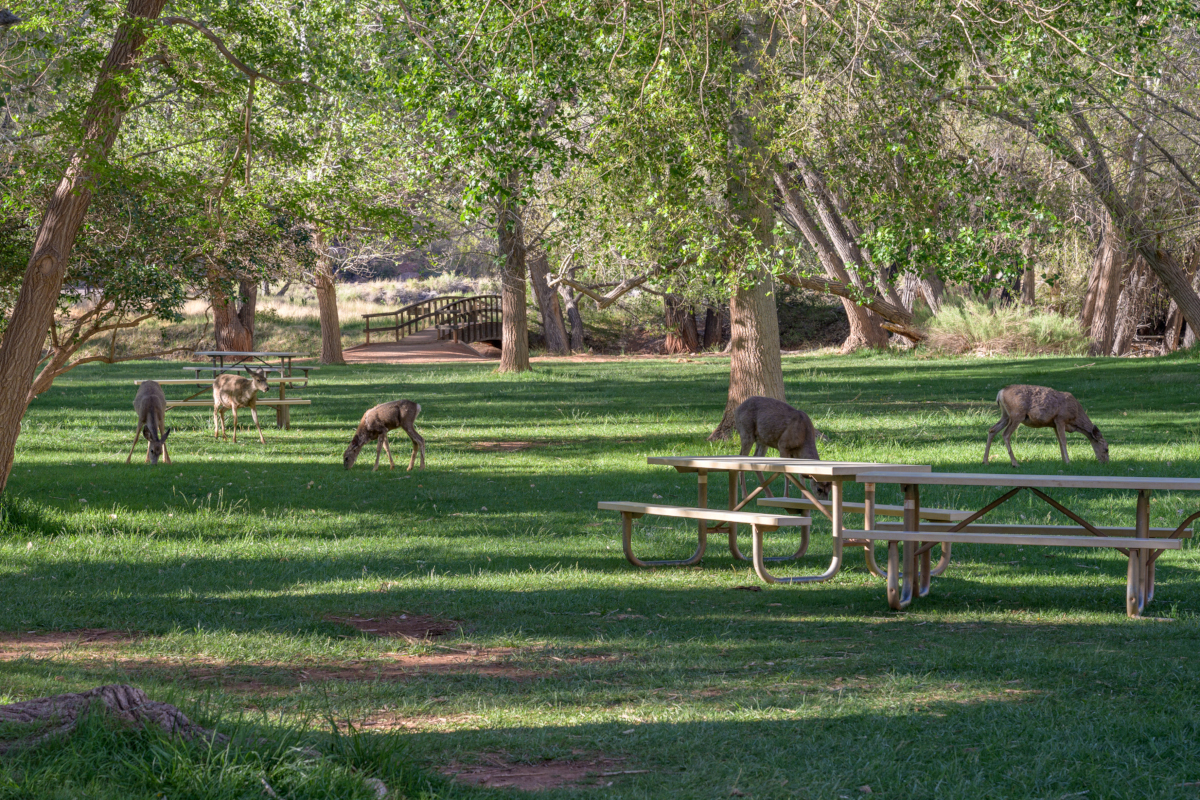
If you’re looking to escape the hustle and bustle of everyday life, Capitol Reef National Park is the perfect place to disconnect and unwind. Located in southern Utah, Capitol Reef Country is home to some of the most breathtaking scenery in the country.
Camping in Capitol Reef allows you to experience the sandstone cliffs, deep valleys, rich wildlife, and striking rock formations like never before. In this beginner’s guide to camping in Capitol Reef Country, we are covering everything you need to know before venturing off the beaten path.
Campgrounds in Capitol Reef National Park
There are three year-round campgrounds throughout the park that visitors can choose from. The only developed campground in Capitol Reef Country is in Fruita and runs at a cost of $20 per night. There are 71 sites within the Fruita Campground, but if you’re visiting during peak season you may want to opt for a reservation to secure your spot.
If you’re looking to camp with a large group, the Fruita Campground also offers a group campsite for up to 40 people at a cost of $100 per night and is open for reservations from March through October.
In addition to the developed campground in Fruita, there are two primitive campgrounds in Capitol Reef—Cathedral Valley Campground and Cedar Mesa Campground. Both are free and offer a level of solitude that you won’t find at a developed campground. These smaller, no-frills campgrounds operate on a first-come, first-serve basis.
What to Bring on a Capitol Reef Camping Trip
As you plan your epic camping trip, it’s important to plan out your packing list. While you can find basic food items and firewood at the Gifford House, there are no camping stores within the park to rely on if you forget something. To avoid running into any issues, here are the top camping essentials to bring to Capitol Reef National Park:
- Cooler
- Camping stove
- Reusable water bottles
- Capitol Reef National Park map
- Sunscreen
- Bug spray
- Weather-proof tent
- Thermal sleeping bag
- Flashlight and batteries
- Layered clothing
- First aid kit
Wildlife and Weather
Capitol Reef National Park is home to hundreds of species of wildlife, so you can expect to see a few critters on your camping trip. There are roughly 230 species of birds alone, so be sure to bring binoculars if you plan on taking a bird-watching walk. Snakes are mostly active at night, so it’s important to stay vigilant and keep your flashlight with you when walking around during the evenings. If you’re lucky, you might even spot a desert bighorn sheep strutting along a cliff!

Because of the extreme temperatures that come with the winter and summer seasons, spring and fall tend to be the most popular times of year for camping in Capitol Reef. When planning your camping trip, always check the weather forecast before you pack. This will dictate what you bring and possibly even where you stay or when you go. The last thing you want is to wind up in a rainstorm that you could’ve avoided by checking the weather ahead of your trip.
We hope that this beginner’s guide to camping in Capitol Reef Country helped to prepare you for an exciting adventure! There’s no way to embrace nature quite like spending a night in the wilderness. For more tips on how to make the most of your next trip to Capitol Reef, be sure to check out our latest Capitol Reef travel blog posts.
Keep Capitol Reef Country Forever Mighty
What is Forever Mighty? It’s practicing responsible travel while visiting Utah and Capitol Reef Country by following the principles of Tread Lightly and Leave No Trace.
Plan ahead and prepare, travel and camp on durable surfaces, dispose of waste properly, leave what you find, minimize campfire impacts, respect wildlife, be considerate of others, support local business and honor community, history and heritage. Help us keep Utah and Capitol Reef Country’s outdoor recreation areas beautiful, healthy, and accessible.
